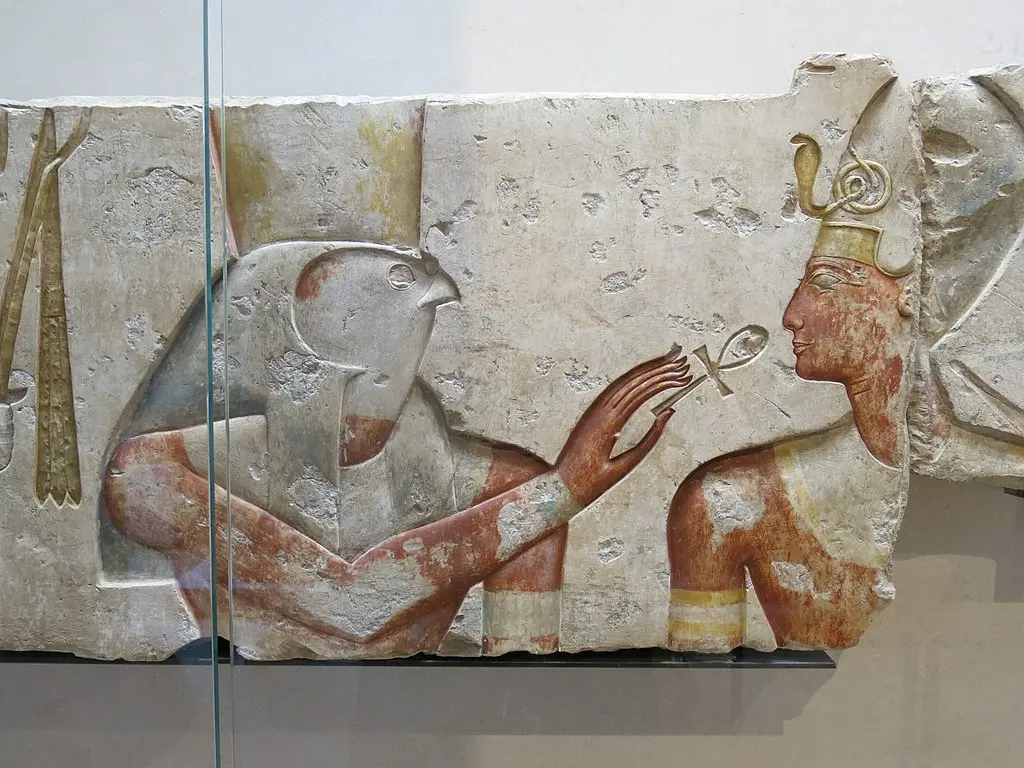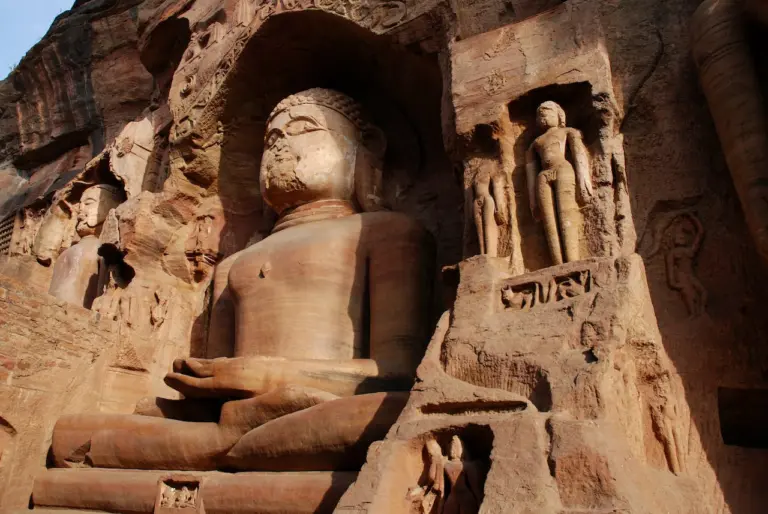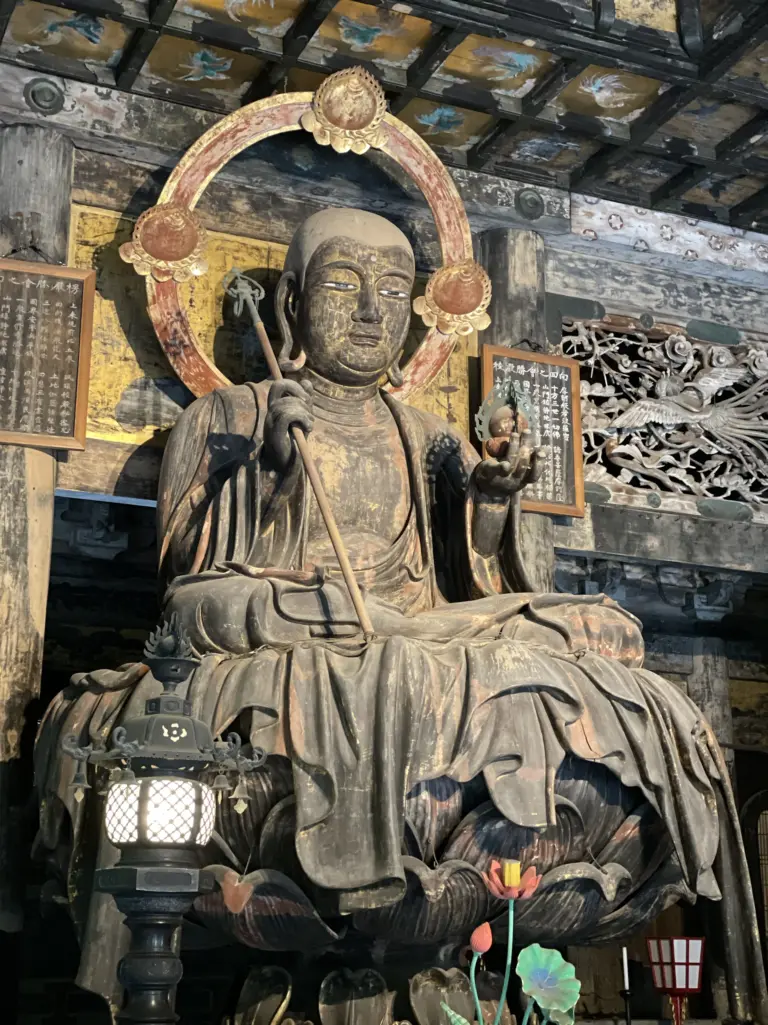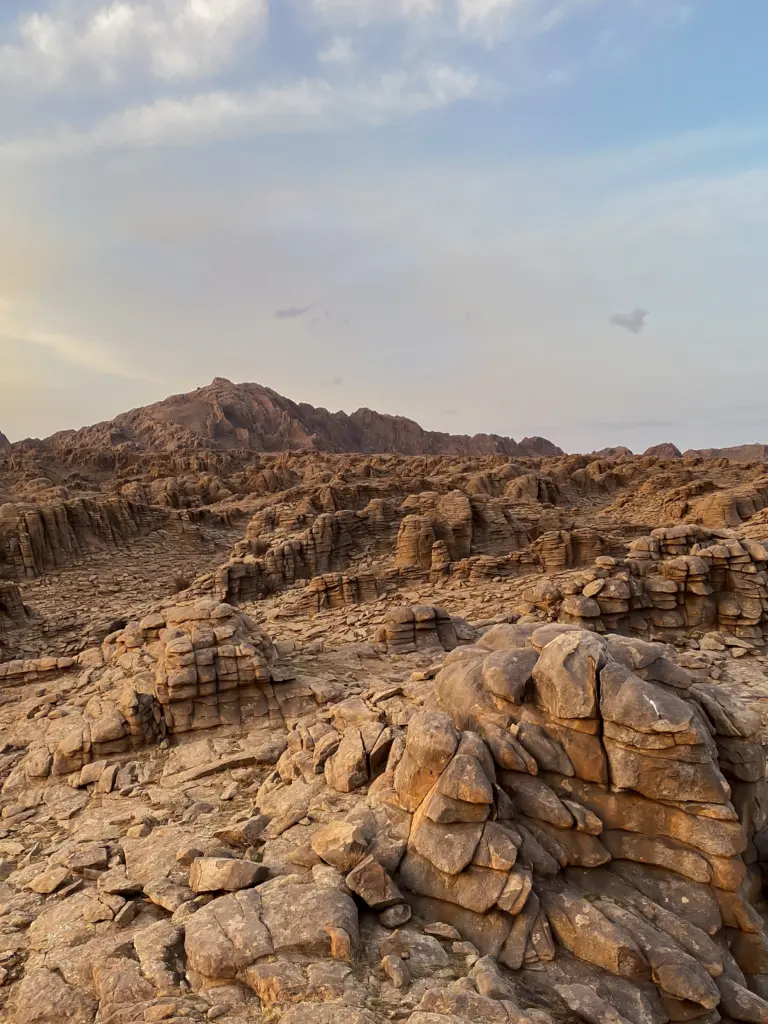The Was Scepter stands as one of the most enduring symbols of power from ancient Egypt, its unique, forked base, and animal-headed top are nods to its divine connection.
Intricately bound to Egyptian culture’s complex mythology, the scepter was a potent emblem of authority, often seen in the clutches of gods and pharaohs in myriad artistic representations.
Its striking design typically features a stylized canine head, commonly associated with the god Set, symbolizing dominion.
The Was Scepter essentially encapsulated the ancient Egyptians’ pursuit of harmony through the order it represented, making it a vital element of the pharaonic regalia and an object of reverence in the rituals that intertwined daily life with the divine.
Table of Contents
ToggleOrigin of the Was Scepter
The Was Scepter first appearances are etched into the stone of history, with depictions dating back to the earliest dynastic periods, signaling its enduring significance.
Initially simple in form, the scepter grew increasingly elaborate, its iconography expanding to reflect the complexities of Egyptian theology. By the time of the New Kingdom, it had become a refined emblem of power, often lavishly adorned to symbolize the might and divinity of its holder.
Theories on the origin of the Was Scepter are as varied as the scepter’s representations. Some scholars suggest that it may have been inspired by a practical tool, perhaps a shepherd’s staff, reimagined as a divine object.
In the Old Kingdom, the Was Scepter was primarily a divine attribute, but as time progressed, pharaohs were depicted with the scepter as well, underlining their god-like status on Earth.


Symbolism of the Was Scepter
As an insignia of power and dominion, the Was Scepter conveyed the authority of those who held it, whether they be deities, pharaohs, or high-ranking officials. Moreover, the Was Scepter is commonly depicted in conjunction with other potent symbols such as the Ankh, the symbol of life, and the Djed, emblematic of stability. This visual interplay creates a profound symbology that conveys a complex message about the balance and unity of life, dominion, and the eternal stability of the cosmos.
Central to its symbolism is the Was Scepter’s intimate association with several key gods in the Egyptian pantheon.
- Ptah, the god of craftsmen and architects, is often depicted clutching the Was Scepter, illustrating his role as a divine creator and stabilizer of the cosmos. In his grip, the scepter symbolizes the manifestation of his will, the ability to shape reality and ensure the continuity of creation.
- Set, a more complex and ambivalent figure associated with chaos, strength, and the desert, is also often depicted with the Was Scepter. This connection may seem paradoxical given the scepter’s connotations of order, yet it highlights the dual nature of ancient Egyptian theology, where control over disorder is as vital as the maintenance of order itself. The Was Scepter in Set’s hands thus represents the containment and harnessing of chaos, a necessary force for balance in the world.
- Anubis, the jackal-headed god of mummification and the afterlife is another deity frequently shown wielding the Was Scepter. This underlines the scepter’s protective qualities, serving as a tool to guide and guard the souls of the deceased, ensuring their safe passage through the duat (the Egyptian underworld) and into the afterlife.
The Was Scepter in Egyptian Mythology
One such narrative involving the scepter is the story of the god Osiris, the ruler of the underworld and the embodiment of regeneration and rebirth. Osiris is often depicted holding the Was Scepter as a sign of his sovereign status over the afterlife.
In myth, the scepter becomes a symbol of his resurrection and the promise of eternal life for his followers. It is with the Was Scepter that Osiris commands the cyclical nature of life and death, mirroring the annual flooding of the Nile and the subsequent rejuvenation of the land.
Myths also recount how Ptah, wielding the scepter, gave form to the gods and the physical world through his thoughts and words.
In the hands of Anubis, the Was Scepter becomes an instrument of protection, guiding and safeguarding the dead on their journey through the underworld. The scepter is said to light the darkened paths of the Duat, warding off malevolent spirits and ensuring safe passage towards the Hall of Truth, where the heart is weighed against the feather of Ma’at.
Mafdet, a goddess with the face of a cheetah, is also frequently seen holding the Was Scepter.
Usage of the Was Scepter
The Was Scepter played an instrumental role in the religious ceremonies that punctuated Egyptian life.
Priests, the intermediaries between the divine and the mortal realms, were commonly depicted wielding the Was Scepter during temple rites. The scepter served as a conduit of divine power, through which the priests could channel the protection and authority of the gods into their ceremonial duties. Whether it was used to consecrate a space, bless offerings, or perform purifications, the scepter was a tool that signified direct communication with the deities.
Pharaohs, too, were often shown holding the Was Scepter during significant religious festivals. As the “High Priest” of every temple and the supposed embodiment of the god Horus on earth, the pharaoh’s use of the scepter was a potent symbol of their divine right to rule. The scepter in the pharaoh’s hand was a statement of power—it was believed to grant the ruler the ability to ensure ma’at, the divine order and balance of the universe, was maintained.
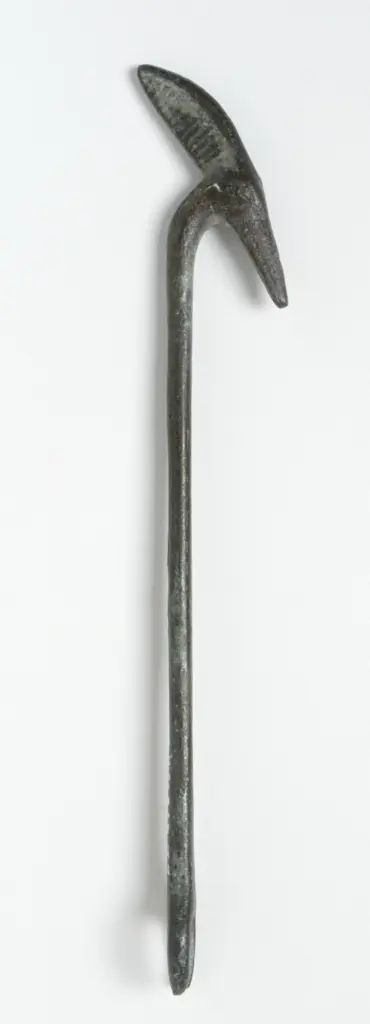
The Was Scepter in Hieroglyphs
Within the intricate tapestry of Egyptian hieroglyphs, the Was Scepter appears not just as a physical object but also as a symbol in their writing system, serving a purpose beyond its tangible representation. Its distinctive T-shaped head and forked base make it an easily recognizable hieroglyph, often used to convey the concepts of power, dominion, and enduring life.
The hieroglyph of the Was Scepter can be found etched on the walls of temples, within the sacred texts like the Pyramid Texts, and on the papyrus scrolls where the written word held as much power as the spoken. It’s a prominent feature in inscriptions that spell out the titles of gods and pharaohs, as well as in the declarations of royal decrees, symbolically upholding the authority of the words written.

The texts where the Was Scepter hieroglyph appears are often declarations of power or spells intended to protect and guide. For instance, its presence in the Book of the Dead, an ancient Egyptian funerary text, underscores the importance of the scepter in assuring the deceased’s safe passage and power in the afterlife. It also appears in the context of granting life – paired with other powerful symbols like Ankh, it could spell out a wish for eternal life or divine protection.
Interpreting these texts requires understanding the multiple layers of meaning that a single hieroglyph can convey. When the Was Scepter appears at the beginning of a phrase, it can operate as an emphatic marker, drawing attention to the significance of the subsequent text. As part of a name or title, it emphasizes the bearer’s control over the material and supernatural realms.
Moreover, the usage of the Was Scepter in hieroglyphic texts was not merely symbolic. It also had phonetic value, representing the sound “was”, and could be used in words that required this sound, thus contributing to the complexity and flexibility of the ancient writing system.
The Was Scepter in Modern Times
Original Was Scepters, or fragments of them, have been preserved and are displayed in institutions such as the British Museum and the Egyptian Museum in Cairo.
These items provide insight into the materials used (such as faience, wood, bronze, or gold leaf), craftsmanship, and the evolution of its design over time.


